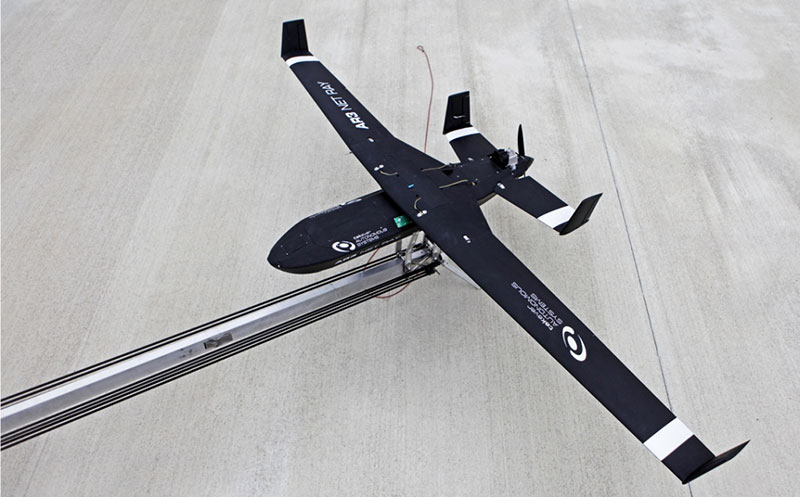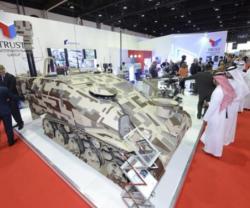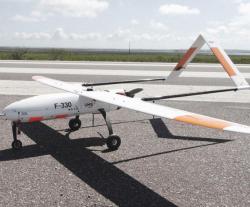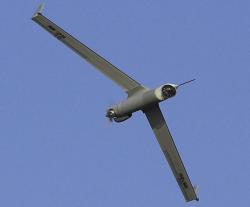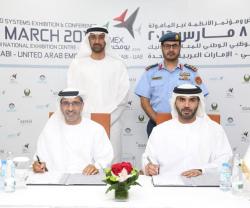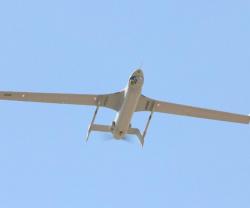The TEKEVER Group is launching a new version of the shipborne UAS AR3 NET RAY, now with 8 Kg payload capacity, at UMEX 2016 (Unmanned Systems Exhibition and Conference, Abu Dhabi 6-8 March 2016).
The new version of AR3 NET RAY increases its payload capacity by 33%, with the main purpose of proving customers with the option to carry a 25Nm range maritime radar.
According the company, the preliminary tests are being carried out with success and the AR3 NET Ray will be the first UAS in its class to offer a maritime radar capability.
The AR3 NET RAY is a shipborne UAS designed to support multiple types of maritime and land-based missions, including ISTAR, pollution monitoring, infrastructure surveillance and communications support operations. It can be launched and retrieved from small vessels, providing an easily deployable range extender for maritime platforms.
“Because of its endurance of more than 10 hours, it’s a perfect fit to support both maritime and medium range land missions. With an extra payload capacity and the integration of a maritime radar, our goal is to provide customers with unprecedented capabilities in a very small and affordable package. We’re still testing these new capabilities but are very happy with the results we’re getting,” said Ricardo Mendes, TEKEVER Chief Operating Officer (COO).
The TEKEVER Group is building up a UAS program to perform multiple types of near shore and maritime missions, including search and rescue, surveillance, illegal fisheries control, maritime patrol and pollution detection, among others. The program is a result of the close cooperation between TEKEVER and the Portuguese Navy.
AR3 NET RAY Technical data:
- Wingspan: 320 cm
- Length: 140 cm
- Weight (Empty): 14 Kg
- MTOW: 22 Kg
- Endurance: +10 h
- Operational Range: 120 km (64 NM)
- Cruising Speed: 120 km/h
- Maximum Speed: 140 km/h
- Launch: Catapult
- Recovery: Parachute or net
- Operation Modes: Autonomous or assisted

